This post may contain affiliate links. Read disclosure policy
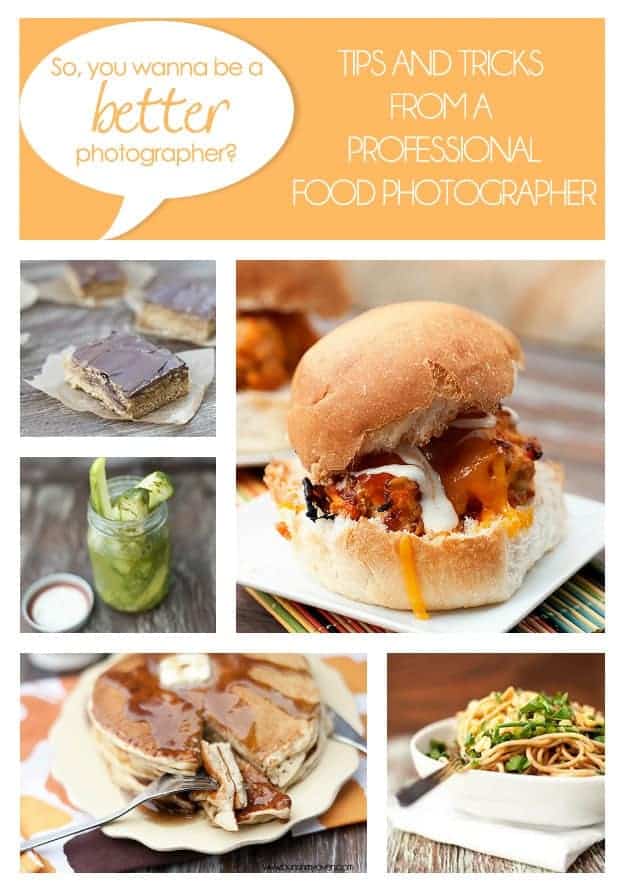
Hello, again!
Everyone got their big girl (or boy) panties on? We’re ready to dive into the nitty gritty of manual mode!
Let’s do this.
First things first, I’m going to break down the exposure triangle for you.
What’s exposure? Well, my friend, exposure is the amount of light in your photograph.
A properly exposed image is lit nicely, not too dark, not too light. These Pumpkin Muffins are nicely exposed. Not too light, not too dark. A pretty perfect exposure, if you ask me.
An underexposed image is too dark. Pretty unappetizing, right? When our exposure is off, so is the color of everything. Those muffins? Kinda barfy looking.
An overexposed image is too bright. When the image is too bright, you lose a lot of detail. Those muffin tops are “blown” meaning that there is so much light, the camera can’t read it and you lose detail. No good, man.
When I started out, I was underexposing everything, but once I learned a bit more about photography I started overexposing everything. Finally, I figured out that the middle ground is where I wanted to be.
The key to good exposure is understanding the exposure triangle. Sounds fancy, right? And kinda math-y? I hate math. We’re not really going to talk about math, k?
The three components of the exposure triangle are shutter speed, aperture, and ISO.
The best analogy I’ve come across is to pretend your camera is an eyeball.
The shutter speed controls how fast you blink. The faster you blink, the less movement you see. The slower you blink, the more movement you see. Same goes with shutter speed. If you have a fast shutter speed (1/500 or more, generally speaking), you can take a nice sharp photo of your kid jumping off the diving board into the pool. If you try that same shot with a slow shutter speed (1/125 or less), you’re going to see a lot of blur because your kid is moving and your camera saw that before it “blinked.”
So, to recap, the faster your shutter speed, the quicker your camera’s shutter opens and closes. A good rule of thumb for handheld photography (meaning you’re not using a tripod) of a still subject is to keep your shutter speed double the length of your lens. If you’re shooting with a 50mm lens, you’d want your shutter speed to be at least 1/125. If your subject is moving, even a little, you’ll want to increase the shutter speed.
There are times, of course, that you might want to capture the movement (photographing a moving vehicle or a stream of water rushing over rocks) and you’d use a slower shutter speed to make that happen.
For food shots, I try not to go below 1/125, but I’ve had a lot of practice at standing still while shooting. I brace my arms, hold my breath, and shoot. I can get away with a shutter speed of 1/60 if I’m careful and photographing a still subject. I don’t recommend that, though. If you want to be sure you don’t catch any movement, try shooting at 1/250 to start. And when I’m talking about movement, I don’t just mean movement of your subject! Every time you take a breath, you’re moving your camera! Your finger pressing the shutter button moves the camera. Handholding at a slow shutter speed can be tough!
Now, let’s talk aperture.
Think of the aperture as the pupil of your eye. When there is a lot of light, our pupils are tiny to protect our eyes from too much bright light, right? When it’s dark, our pupils get larger to let in more light.
The aperture of your camera is a hole that let’s in light. When we don’t have a lot of light, we want the aperture opened up. When it’s really bright, you may need to close it down. I prefer the look of a wide open aperture, so I shoot that way 99% of the time. Aperture not only affects the amount of light getting in to your camera, but the blurriness you see in the background or foreground of your image. But, for today we’re only going to discuss aperture as it pertains to exposure.
When you’re in your house trying to get that perfect shot of your pancake and it’s just not very bright, you’re going to want to use a wider aperture. Some lenses will have a range, such as the 18-55mm lens that comes with a lot of entry level DSLR cameras. The lens will have a range of f/3.5-5.6. This means that at 18mm, the widest your aperture can open is f/3.5. At 55mm, the widest your aperture can open is f/5.6. All lenses are different and I highly recommend getting a prime lens with a fixed aperture for learning.the
Just imagine how difficult it will be to learn manual if your aperture changes every time you zoom in or out. If you don’t have a fixed aperture lens, that’s okay! I’d just recommend that you NOT zoom when you’re practicing manual so that you aperture doesn’t suddenly change on you. Once you’ve got the hang of it and can adjust shutter speed or ISO as needed, zoom away.
A prime lens is just one focal length. It doesn’t zoom. Prime lenses tend to be sharper than zooms. The 50mm f/1.8 is around $100 for both Nikon and Canon versions and it’s an excellent lens that is perfect for learning. (Keep in mind that some Nikon cameras require the focus motor to be built into the lens and the $100 50 f1.8 doesn’t have that option – you need the AF-S version which is pricier.) The 50mm has a maximum aperture of f1.8, meaning it can let in MORE light than a f/3.5 lens.
Confusing, right? You’d expect f/1.8 to let in less light than f/3.5, but that’s not the case.
Aperture is a bit backwards. The smaller the number, the more light you’re letting in.
If it’s dark, you may need a smaller number, such as f/1.8 or f/2.8.
We’ll discuss how that affects focus and the background of an image next week. For now, just know that a smaller number means you’re letting in more light and you have LESS in focus. A larger number means you’re letting in less light, but you have MORE in focus.
Now let’s talk about ISO.
Your ISO tells your camera sensor how sensitive it should be to light. If it’s pretty dark, we want our camera sensor to be more sensitive, so that it reads all the light available. If it’s bright out, we’ll want it to be less sensitive to light so that everything isn’t overexposed.
Most cameras have a range of ISO 200 to ISO 3400 or even ISO 6400.
On a sunny day, we’ll use ISO 200. If we’re in our house at night, photographing our kids blowing out their birthday candles, we’re probably going to crank that ISO up pretty darn high, around ISO 3200.
The problem with high ISO? Grain.
The more sensitive to light your camera sensor is, the more grain you’ll have in your photos. Every camera model handles ISO and grain differently, and generally speaking, the lower end cameras do worse and the higher end cameras do better. You get what you pay for when it comes to ISO.
In later weeks I’ll give you some tips for shooting with high ISOs without too much grain.
Now, let’s discuss how it all works together.
Your shutter speed has to be high enough to freeze the image, so everything isn’t blurry. Your aperture needs to be opened up enough (a smaller number, such as f/3.5 instead of f/8.) to let in enough light to expose the image properly. Your ISO has to be high enough to properly expose the image, without being so high that everything is a big ball of grain. It’s a delicate balance, but one that can be achieved in different ways.
Personally, I almost always shoot with my aperture at f2.8 or lower. (The reason I use such an open aperture has less to do with exposure and more to do with bokeh. Bokeh is the background blur and I’m addicted to it. We’ll discuss it in depth next week!)I start with my ISO around 200 and adjust my shutter speed as needed. If it’s a sunny day, I’ll use a fast shutter speed.
The examples below are of people, but the same things would apply to food.
As you can see in the above photo, I reallllly opened up my aperture. It can be difficult to achieve focus at f/1.4 (and, again, I’ll explain why next week when we discuss nothing but aperture), but I love the look of it. So, I set my aperture where I wanted it, started my ISO at 200, and adjusted my shutter speed from there.
Notice in the above image that we’re inside. We’re about 3 feet from a window to camera right. It was a sunny day, so it wasn’t terribly dark in the house. I put my aperture where I wanted it, and placed my shutter speed at 1/400. My daughter tends to be a wiggle monster, so I knew I would need a faster shutter speed with her. I adjusted my ISO from there. I normally try to stick with the standard numbers, 200, 400, 800, 1200, 1600, and 2400. I find that I get more grain on the in-between numbers, such as 640. I must not have been paying a lot of attention this day, though. 😉 It wasn’t a problem though, because I properly exposed the image, so grain wasn’t an issue.
Looking at the above photo, you’d think he was sleeping in the middle of the day. It was actually pretty dark in the room. If I was being all creative and moody, I could have left the image darker to show that he’s sleeping in a dark room, but I’m here to show you how to get a bright image in a dark room, right? He was sleeping, so I didn’t think he’d be moving. I set my shutter speed to 1/125 and opened up my aperture to f1.8 (the widest open I could get it on this particular lens) to let in as much light as possible. I adjusted my ISO from there.
So, the above images show three completely different settings with proper exposures. There are a lot of different ways to achieve a perfect exposure!
Your homework for this week? Bust out your camera manual and figure out how to adjust shutter speed, aperture, and ISO. Each camera model is a bit different, so you’ll need to read your manual for that! Once you’ve figured that out, start practicing! Take a picture of your breakfast, lunch, and dinner and pay attention to how your “recipe” for the perfect exposure changes. You might need a low ISO and high shutter speed for lunch, because it’s usually pretty bright in the middle of the day. At dinner, you’ll probably be on a lower shutter speed with ISO cranked up there!
The best way to learn and understand how this all works is get out there and practice! Take your camera off of Auto, put it in Manual, and just try!
Any questions? Leave them in the comments and I’ll do my best to answer them!
Next week? It’s all about aperture – my favorite setting on my camera!
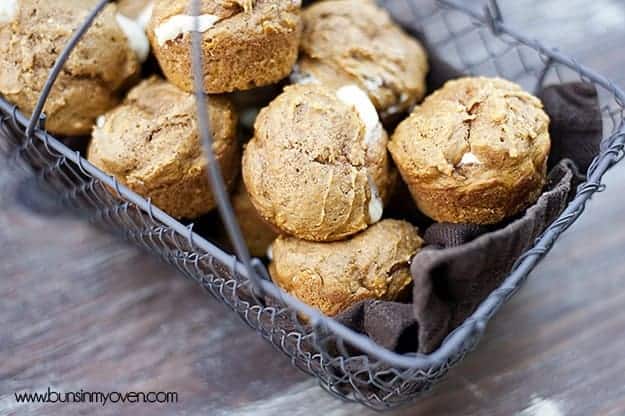

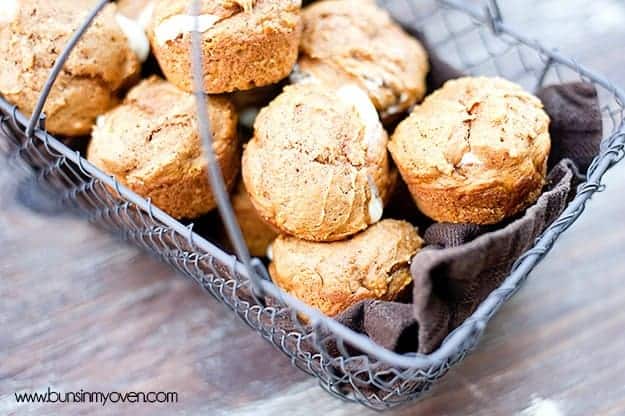

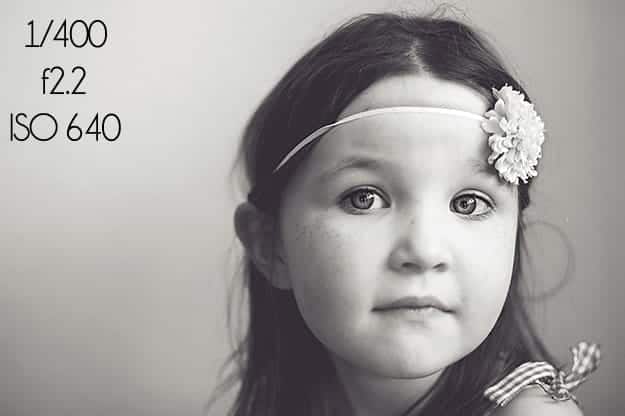
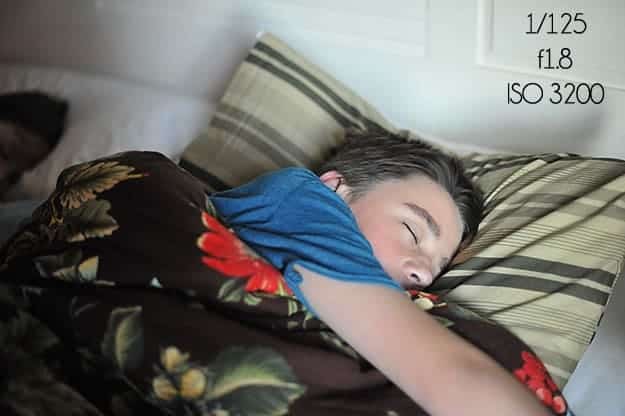
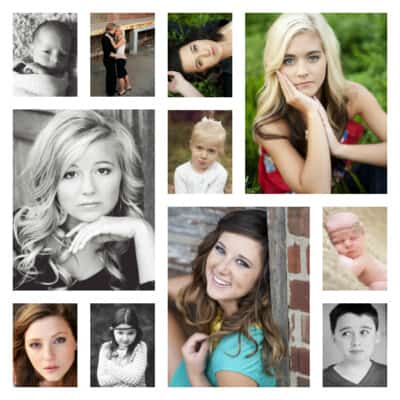
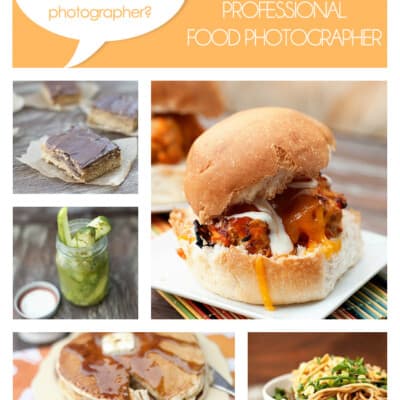


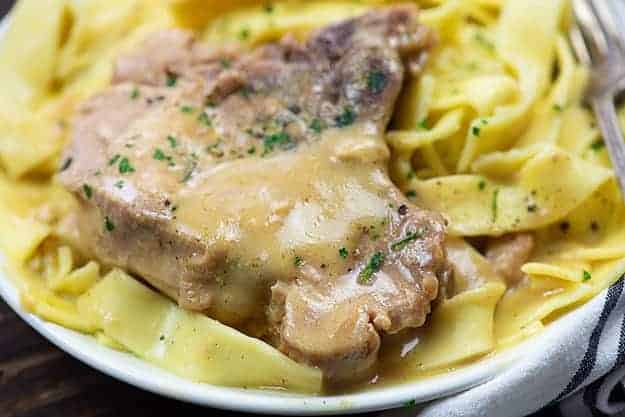






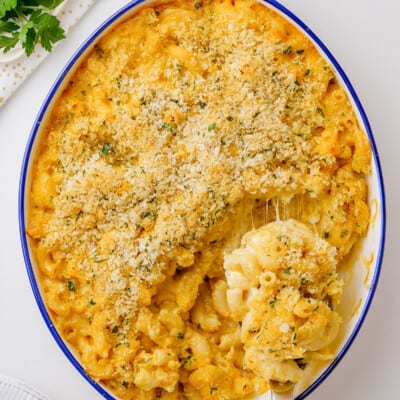
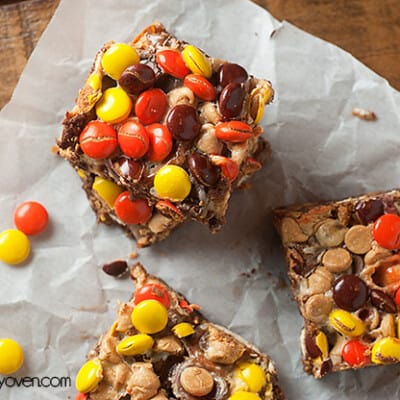
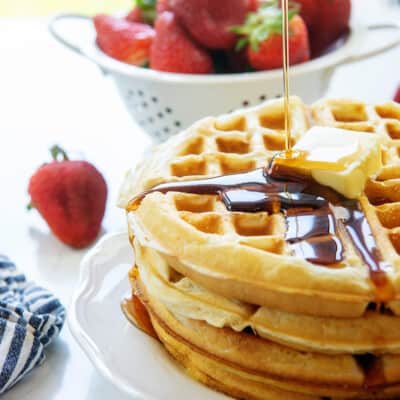

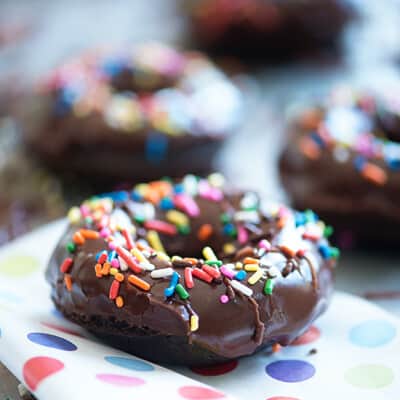
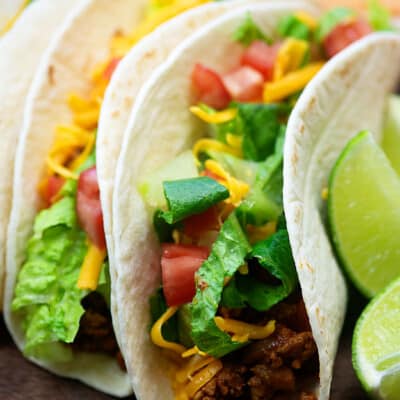
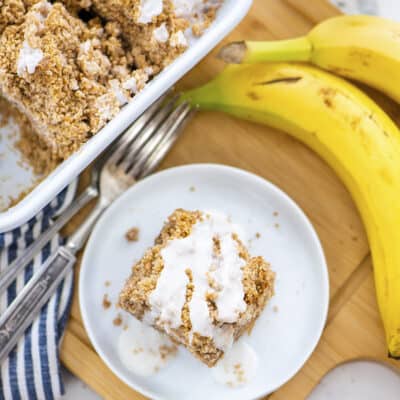
Ashley says
I can’t tell you how much I appreciate you sharing your photography knowledge. I bought a DSLR camera a couple of years ago to take pics of my on-the-go then-2-year-old. I started blogging after the new year, and I am thankful to have a good camera. BUT, I know my photography skills and understanding are things that I really need to work on. I’ve never used my camera in Manual, so I’m looking forward to taking that plunge with my homework assignment. Thanks, teach! 🙂
Aimee @ ShugarySweets says
I’ve been having so much fun with my new 50mm lens, and your tutorials are awesome Karly! I love how detailed your instructions are, and they speak to the non-photographer in me!!! Thanks girl for doing this series!
Joy @ Baking-Joy says
Thank you that really helps! I totally know what you mean about being restricted with the tripod, I really don’t like using mine. I will have an experiment with different distances. Looking forward to next week’s post 🙂
Joy @ Baking-Joy says
This really helpful Karly, thank you. I’m interested to know, do you use a tripod at all when shooting food photographs? I don’t tend to use mine (as I like the freedom to move around a lot), but realise that if a slower shutter speed is needed it’s kind of necessary. Another question 🙂 …what focus mode do you use for your camera when doing food photography? I’m finding when I use a wide aperture with my 50mm lens, it tends to make a very small part of the food sharp and the rest blurry, when I just want the background blur. Thank you 🙂
Karly says
Hi Joy!
I don’t use a tripod ever. It’s just not my style…I feel so restricted and just don’t like it. 🙂 I will bump my ISO up before lowering my shutter speed. I have a full frame camera that handles high ISOs really well, though. Just depends on your camera and what you can get away with!
I think the reason your image has a lot of blur has more to do with the aperture than focus mode. I use AF-S on my Nikon, though. I believe that’s One Shot AF on a Canon. Try taking a step back from your food. The closer you are to your subject, the more shallow your depth of field. If you’re shooting at 1.8 and only 2 feet from you subject, you’ll have much less in focus than if you’re 5 feet away from your subject at 1.8. 🙂 I’ll cover that more next week with some example photos. Another option is to close down your aperture some.
Hope that helps!
Nancy P.@thebittersideofsweet says
This is such great information and totally in my terms where I can comprehend what it all means. Thanks so much for helping us out to get better at what we do!
Dorothy @ Crazy for Crust says
This is a great explanation Karly! I can’t wait to do my homework. 🙂
kirsten@FarmFreshFeasts says
I enjoyed being able to see the differences in photos–thanks for adding that, it really helps us visual learners.
Thanks!
Still waiting on the guerrilla photo shoot conditions tutorial . . .
Erin @ Dinners, Dishes and Desserts says
Thanks Karly! There is always more to learn, and practicing is the only way for me to learn!
Averie @ Averie Cooks says
I find that I get more grain on the in-between numbers, such as 640. = interesting observation. I am going to try to see if that matters. Often times I find myself on ISO 320 or ISO 640 or even 500. I wonder if 200, 400, 800 are ‘better’. Will pay attn now.
but I’m here to show you how to get a bright image in a dark room = when I try to do that with food, it works and it’s sufficiently ‘bright’, but it takes on this horrible yellow tone that I can get rid of in LR4 but it’s alot of work. Like with shooting bread dough, shooting it as night while it’s rising, baking it off, so that it’s ready to be shot the next morning with daylight; no matter what I do to those rising bread bowl images that were shot at ISO 2000 or ISO 3200, they look yellow and meh.
My magic shutter speed is 1/80. I can handhold at that, still ‘breathe’ (a little…haha!) and not get too much shake. At 1/60 I get shake. I hate tripods and being locked in, so always handhold.
At f/2.8, I find I get too much bokeh, too much ‘mood’ for the food sometimes. I find that 3.5 is about as low I ever want to go, 3.2 if I’m in a jam and that will help me not have to increase ISO anymore.
That 1st pic and stats on your daughter is amazing. f/1.4 and 1/1000. I never shoot that wide open, or that fast. That’s the diff between portraits and food maybe. I love that info…things to ponder.
Thanks for an awesome post!!!!! Love the personal tidbits of your settings, etc.
Karly says
Sounds like your white balance is off on your evening pictures, which is totally normal. Most lightbulbs cast a horrible yellow light. Try daylight bulbs to help reduce that a bit and set your white balance manaully if you can. 🙂
What lens do you usually use for food? Your 24-70? There’s some compression happening with zoom lenses. If you put your 24-70 at 2.8 and a 50mm at 2.8 and took the same exact photo, I’m pretty sure your 24-70 image would have more bokeh. Don’t quote me on that, though. I may be misremembering/understanding I’d test it if I had a zoom…wanna let me borrow yours? 😉
That photo of my daughter was taken around 5pm in the summer. We were outside in open shade, so it was bright, but not harsh, light. Indoors, where you probably photograph food, you probably can’t shoot so fast. I do a lot of food photography outside, so I shoot that pretty fast, depending on how bright it is.
Kerry says
Great tips. Now I need to go practice!
Kathy Faberge says
Learned a lot! Thanks!
Kathy Faberge
DeAnna says
I love the eyeball analogy. Makes it a tad bit easier to understand the aperture concept which gets me every time!!
Amy | Amy's Cooking Adventures says
I have a higher end P&S – I’m going to give manual a try! Thanks for the tips!
Audra | The Baker Chick says
Thanks Karly- so helpful. As much as I think I know- I always appreciate extra tips. I tend to sometimes have my shutter speed way low to compensate for other things. I’m gonna try the f125 and higher rule and adjust other things.
(And seriously thanks again for the “Next” button tip. Saying it has changed my life sounds dramatic but…)
Karly says
I discovered the next button a couple of years ago and it changed my life too! I love that it’s a little surprise when you click it…never know where you’ll end up! 🙂
Meaghan says
Thanks for the tutorial! I just recently started shooting in manual and I learn a little more each time I read up on it. It definitely helps to practice, practice, practice!
-m